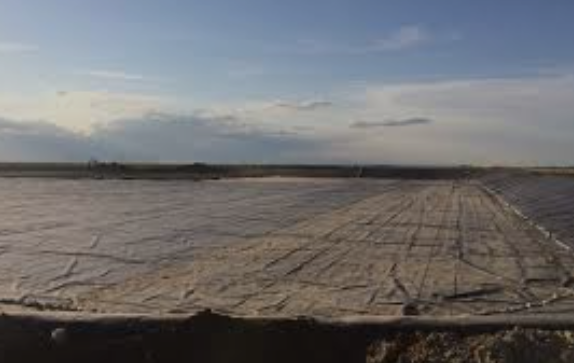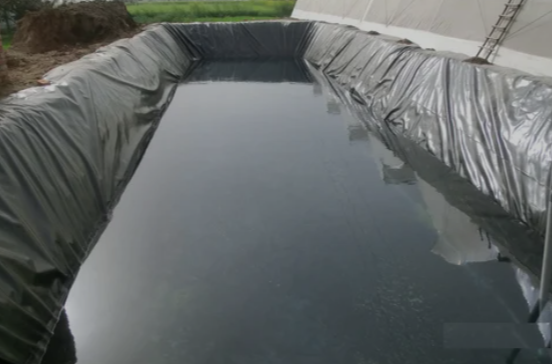- Understanding the Role of Geomembrane Liners in Waste Management
- Innovations in Geomembrane Liners for Water Management
- Geomembrane Liners: A Comprehensive Guide
- The Future of Geomembrane Liners in Civil Engineering
- Geomembrane Liners: Enhancing Landfill Stability
Manager:Alvin Wang
WhatsApp:+62 8983806051
Tel:+86 10-5797-1075
Email:steelwang@okorder.com
Address:3rd Floor, No.2 Building, No.1 Sanlihe Road
How thick is a HDPE geomembrane liner?
hdpe Geomembrane liner thickness selection should be based on risk assessment and consideration of long-term performance. It is important to evaluate the potential risks associated with a project such as exposure to chemicals or UV light, hydrostatic pressure levels among other factors. This will help in identifying whether a thicker or thinner geomembrane liner is needed for better protection over time. In addition, considering the overall durability of different materials used during construction can also contribute towards making an appropriate choice regarding HDPE liners depth. For instance; if there are abrasive substrates at work site then higher gauge HDPE membranes may be required in order to prevent puncture or tear due to constant rubbing against rough surfaces throughout their service life.

Alternative Ways of Asking How Thick a Geomembrane Liner is
The question, “How thick is one layer?” has more than one answer because it depends on what specific type you’re referring too; however here I’ll give some general information about them all:
1) What’s The Thickness Of An HDPE Geomembrane Liner?
HDPE geomembrane liners are essential for many environmental and industrial applications where they act as reliable barriers against fluid migration, contamination and seepage. These kinds of sheets have different thicknesses so as to cater for various project needs while taking into account different environmental conditions under which they will be used. By saying thickness we mean the measure from surface through its entire width expressed usually in millimeters but sometimes also referred to as mils (thousandths). At least one side must remain smooth enough that it can be easily welded onto another without causing deformation or irregularities.
2) How Thick Are The Geomembranes?
Geomembranes vary in terms of their thicknesses because these sheets are produced depending on specific requirements given by either client industry/sector concerned among other factors considered during design stage such us intended use period expected life span etcetera. Therefore one can not give just a single figure or value without considering all these variables into the equation.
The selection of HDPE geomembrane liner thickness requires risk assessment and consideration for long-term performance. For example, engineers need to appraise potential hazards like material rotting, chemical contact, earthquake activity, settling among others in order to establish the amount of thickness that will counteract these threats while at the same time ensuring that the system stays for a longer period. Additionally, installation quality control measures may affect its overall performance as well as maintenance procedures which can either extend or shorten its service life.

Conclusion
In conclusion, an investigation into different areas of usage shows how important it is to determine what thickness should be used when constructing any part of High Density Polyethylene Geosynthetics Liners (HDPE). These parts may include but not limited to; environmental protection lining systems for waste storage facilities or landfills; liners under roads where there might be chemical spills such as petrol stations among others; tanks meant for storing liquids etcetera. There are many factors that should be taken into account when choosing the right thickness required by a certain project thus this paper has endeavored to look at some them.
Projects like water treatment plants require containment of liquids using HDPE geomembrane liners while tunnels need them for reinforcement against contaminants. This calls for selecting the most appropriate thickness basing on either geotechnical or environmental grounds but either way failure to do so can lead to catastrophic consequences within such areas hence endangering peoples lives further still compromising structural integrity of those places. Moreover with current advancements in technology related field one can opt between various widths designed flexibly enough so as solve even more complicated problems across different sectors without causing harm to nature.
-
2024-12-05Geomembrane Liners: A Comprehensive Guide






